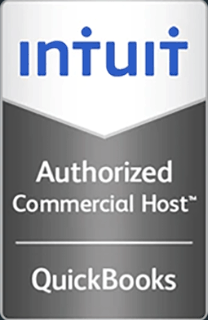Is Bring Your Own Device (BYOD) a Security Concern in Regards to DaaS?
By Lisa Gecko
In this series of articles we will be exploring the rise of BYOD in the workplace, the security issues involved, the advantages and disadvantages of this phenomenon, and how Desktop-as-a-Service (DaaS) can play a part in the solution. In this first post we will explore some of the advantages of BYOD and how DaaS can be utilized to increase the benefits of BYOD in the workplace. Let’s take a look at some of the ways the influx of personal devices and cloud hosting DaaS can be a veritable boon for forward-thinking companies looking to stay on the cutting edge.
Global accessibility from any device. In this day and age there is no time to head back to the corporate office anytime information needs to be accessed. Businesses today are more on the move than ever. Employees need access to information immediately during travel, while at a remote meeting, or when they are working from home. With the explosion of BYOD this is even more the case, and because of the continuing development of new hardware and communications devices every year, the ability for even the finest of IT departments to keep up is dwindling fast. DaaS addresses this issue by bringing all of that data into a secure, remote location providing the global accessibility that BYOD requires. Not to mention the technical expertise of the cloud service provider (CSP) staff.
Improved employee satisfaction and productivity. There is probably nothing worse than starting a new job and dreading dealing with new hardware and unfamiliar applications. By allowing workers to use their own personal equipment, that fear is removed. It has been shown that people are much happier working on their own devices, and therefore more productive. That productivity increases with better communications, which DaaS provides by securing all of the corporate data remotely, and providing a platform for multiple devices to access.
One of the downsides to BYOD is the headaches involved with company wide software or OS upgrades. By virtualizing the desktop via cloud hosting, there is no need to actually change any of the software on every single device being used within the corporation. That is the beauty of cloud computing with DaaS. Any type of upgrade is happening in one location, and there is no need to perform the time-consuming task of tinkering with every device to get it operational. That desktop and all of the software is not on the individual hardware, so it is unnecessary.
BYOD also brings with it a very enticing affordability in a post big-box PC world. Not only are employees covering the costs of equipment and upgrades, they are likely to be purchasing the next generation of powerful hardware as it comes out. As this continues to develop, it makes more and more sense cloud hosting DaaS to allow for smooth transitions in hardware and software upgrades.
Cloud computing in general, whether it be with infrastructure as a service (IaaS), DaaS, or any of the other platforms and products cloud service providers (CSPs) offer, allows for a great deal of flexibility. The scalability of processing requirements is one of the fundamental draws with cloud-based computing. By virtualizing the desktop, companies can fine-tune their processing needs on the fly. Considering the fact that most in-house data centers are idle and drawing considerable amounts of power just in cooling alone, cloud hosting is a much less expensive way to get more bang for the buck. Since it seems that BYOD is here to stay, managing these devices from both a security standpoint and an operational one is of great import to businesses today. Desktop as a service provides a very viable solution for both.
In the second article in this series we will explore the recent BYOD phenomenon and the changing business communications landscape.
If you’re interested in learning how the IV DaaS solution can optimize your remote or hybrid work model, contact us at 866-257-8455 or visit www.InfinitelyVirtual.com/DaaS/.





